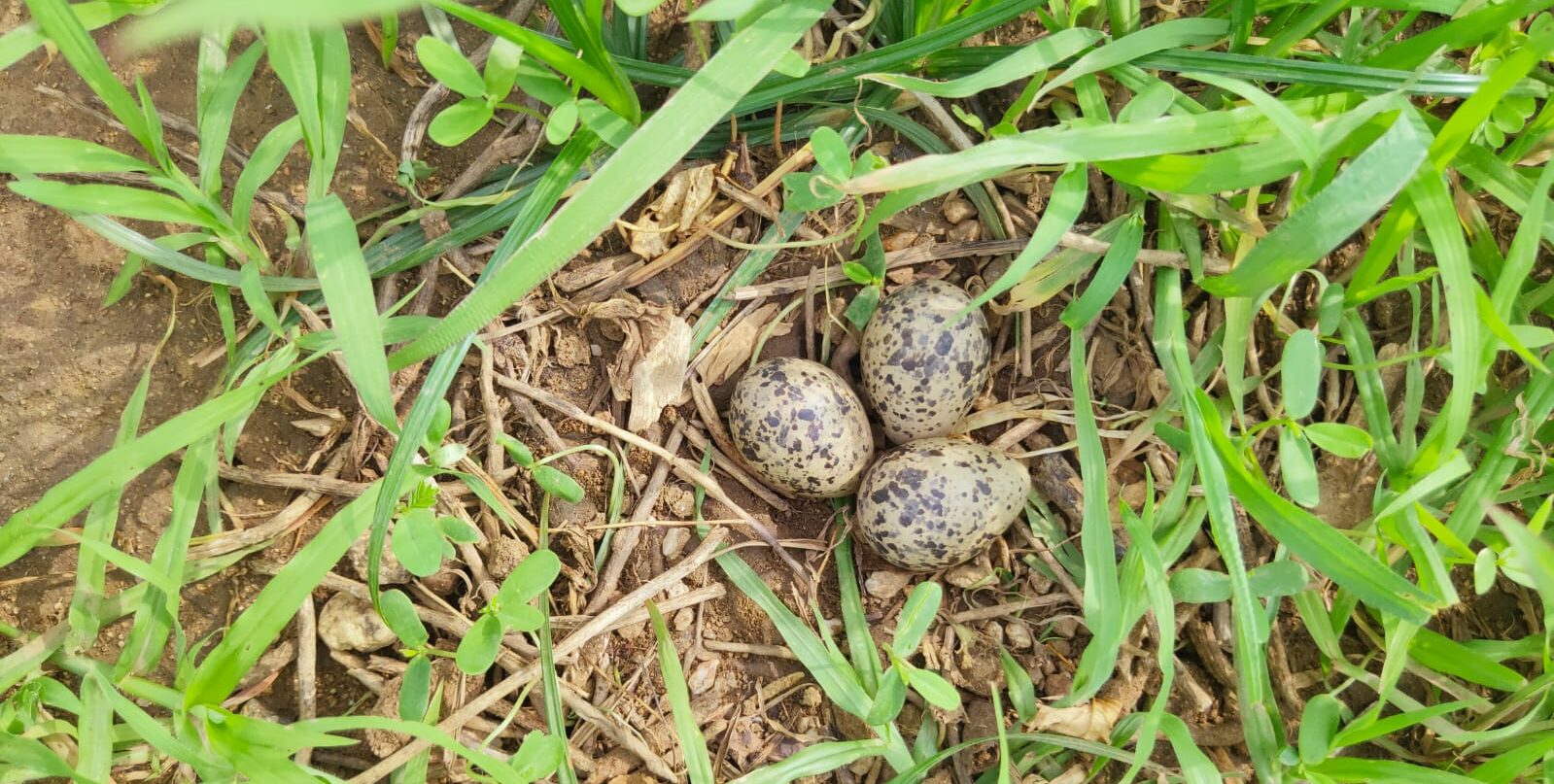A study in AMS journal Weather, Climate, and Society demonstrates the need to combine traditional and modern meteorological knowledge
A study published 20 August in the American Meteorological Society journal, Weather, Climate, and Society finds that traditional knowledge about nesting behaviors of the red-wattled lapwing (Vanellus indicus) is useful for helping farmers in Rajasthan, India predict seasonal rainfall—yet these nature-based indicators are less known among younger generations.
In areas like India’s southwestern Rajasthan, many farmers in tribal communities still lack access to accurate model-based weather forecasting applicable to their specific farm locations. In its place, older farmers often rely on traditional knowledge of the ecosystem around them. This includes predicting seasonal rains based on the nesting behavior of the red-wattled lapwing, a ground-nesting bird which lays its eggs near farm fields during the rainy season. For generations, some tribal farmers have used the positions of the birds’ nests and eggs for clues to help plant appropriate crops for upcoming weather conditions. But there has been relatively little scientific evidence gathered to back up this traditional knowledge, and younger farmers are less likely to rely on it—or even know about it.
A team of researchers from Agriculture University, Jodhpur and Maharana Pratap University of Agriculture and Technology studied the lapwings’ nesting behaviors at an average of 10–15 nests each year at agricultural research stations in southwestern Rajasthan. They related the behaviors to rainfall patterns and tested them against local traditional predictions.
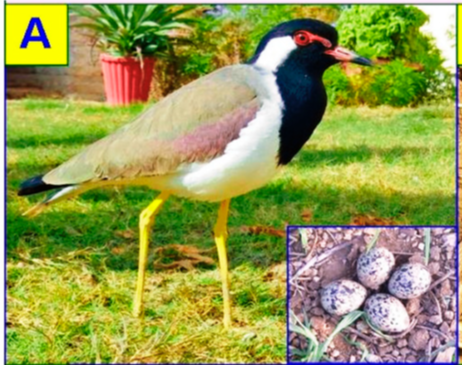
The authors report that the field campaign supported many of the traditional predictions, especially those widely utilized indicators based on lapwing nest location, number of eggs, and the eggs’ position in the nest. For example, more eggs in the nest tended to correlate with more months of rain during the nesting season.
<< Red-wattled lapwing and (inset) a lapwing nest with four eggs. Figure 1 (a) from Bhardwaj et al. (2024).
[Note: The authors plan to publish additional data from the field study in an upcoming paper.]
“Integrating traditional knowledge with modern science can help in better understanding various climate-related parameters. Thus, our study suggests the need for a policy framework which will address the problem of the ineffective dissemination of information related to rainfall intensity and duration among local farmers, particularly in the remote rural areas, by traditional as well as modern meteorological announcements,” says Raju Lal Bhardwaj, lead author on the study.
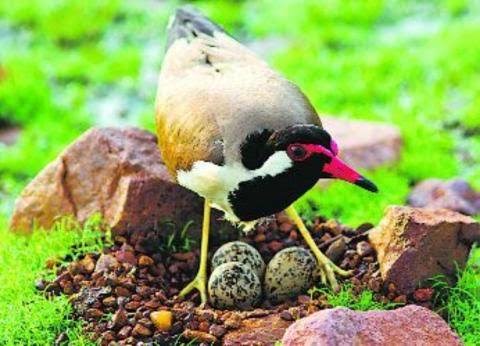
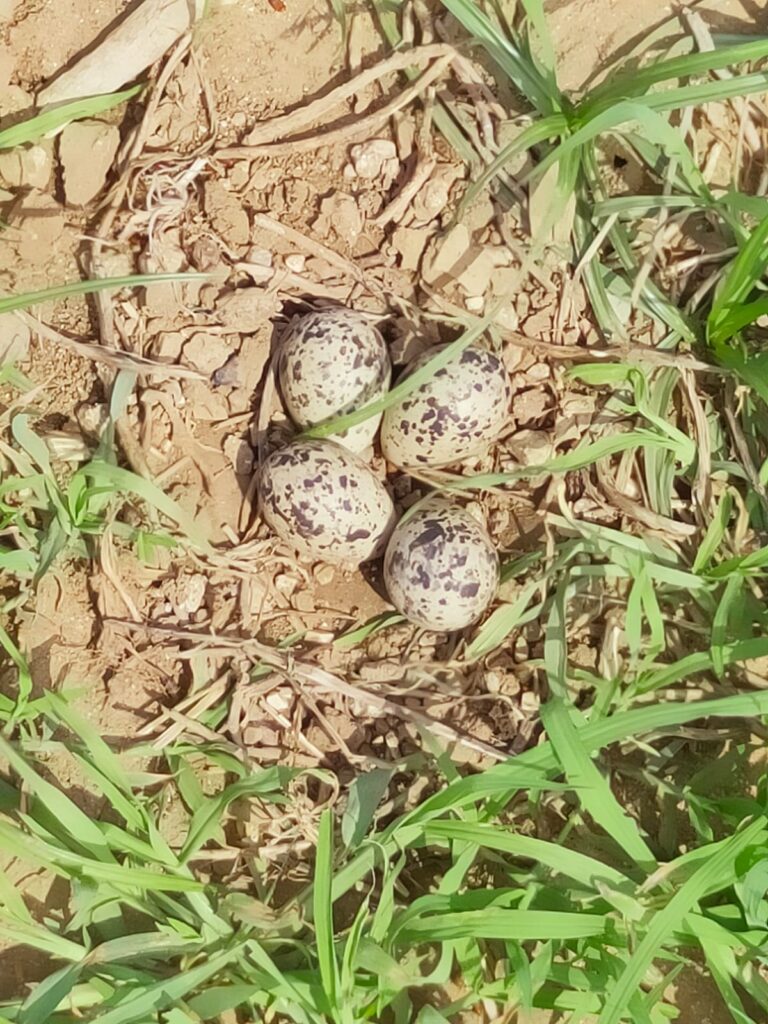
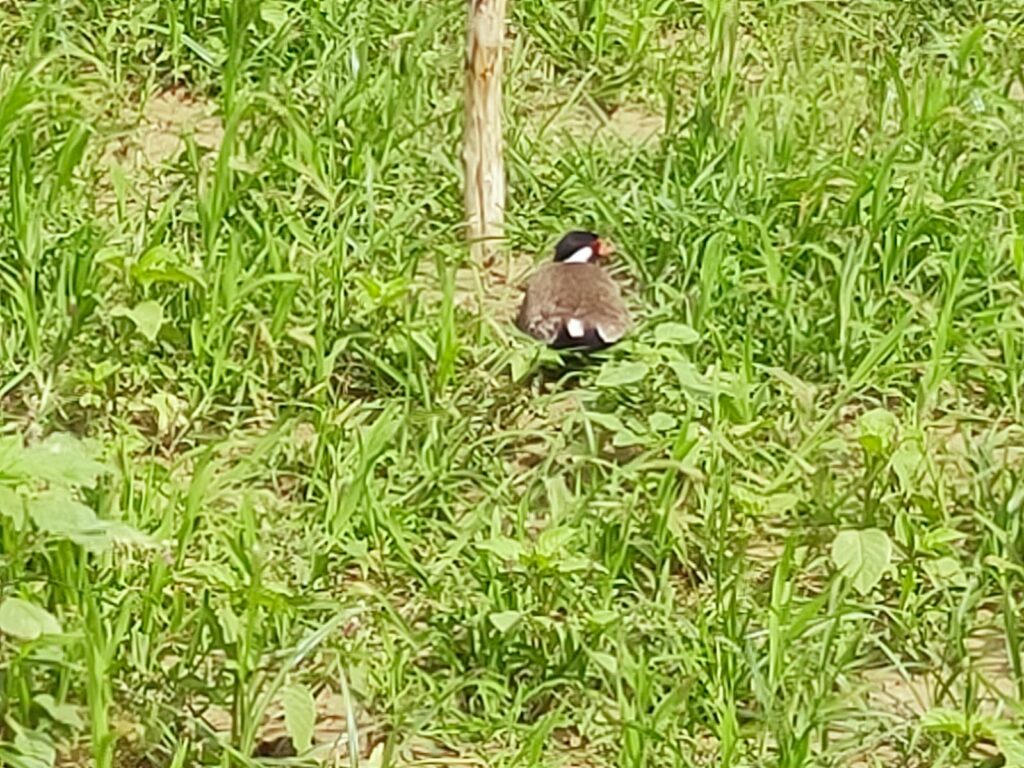
Weather patterns in southwestern Rajasthan are exceptionally variable, and will likely become more so with climate change. A survey conducted by the authors found that elder tribal farmers were less likely to plan their seasonal crops using “modern” meteorological forecasts. Instead, 70% used lapwing indicators to plan which fields to plant, and 85% used them to determine what crops to plant.
When nests were built at elevations higher than farm fields, farmers predicted high rainfall, planting water-tolerant monocultures like maize and sugarcane in fields with good drainage. When nests were built at elevations below farm fields and/or close to water bodies, they predicted low rainfall or drought—and therefore planted only hardy crops good for animal fodder. Years like 2017 supported such tactics: lapwings on average nested on higher ground that year; 797.5 mm of rain fell and crop yield was excellent.
Younger generations overlooked these traditional rain prediction indicators, with only 30% using lapwing indicators to help select planting locations. Younger farmers focused more on understanding data-based forecasting. In remote areas, however, they were sometimes unable to access those forecasts.
The authors suggest that lapwing nesting behaviors should be further studied and integrated into forecasting. “Modern meteorologist[s] should take advantage of the traditional knowledge of lapwing-based prediction methods that are not found in books but in the memories and experiences of elder tribal farmers,” they write. “Integrating this traditional knowledge with modern science can help in better understanding various climate-related parameters.”
Read the study: “Red-Wattled Lapwing (Vanellus indicus): A Traditional Rain Forecaster for Tribal Farmers of South-Western Rajasthan.”
Photo at top: Lapwing nest with three eggs. Image courtesy of Raju Bhardwaj.
